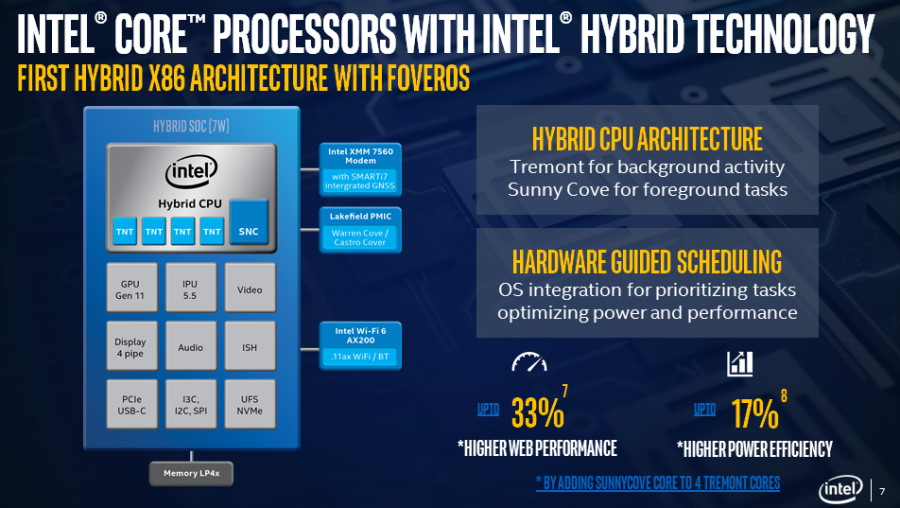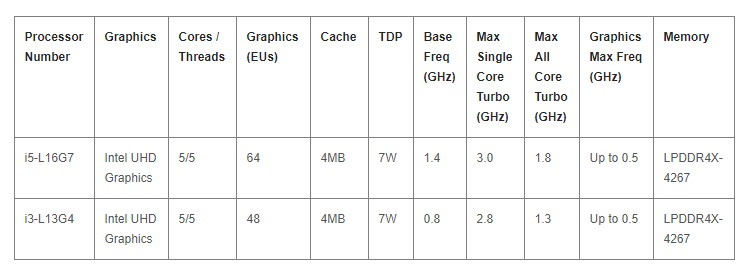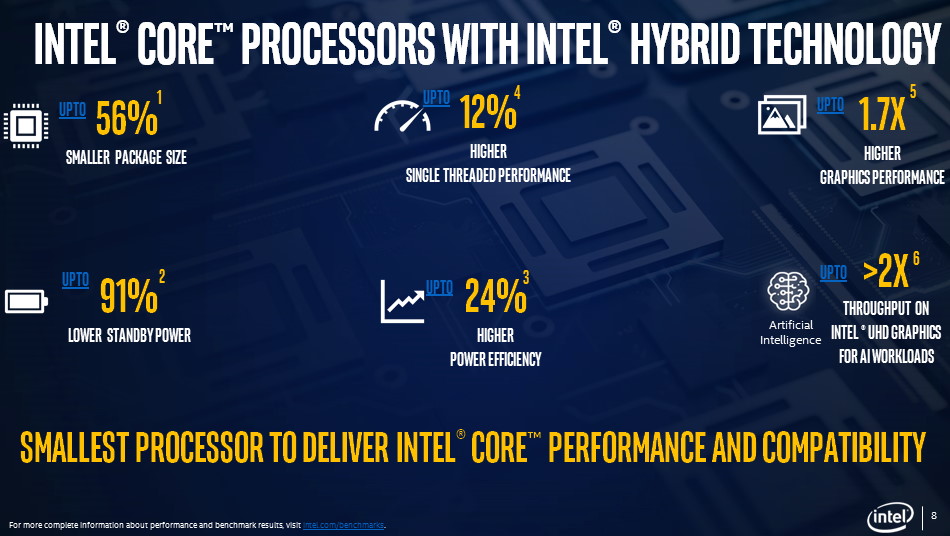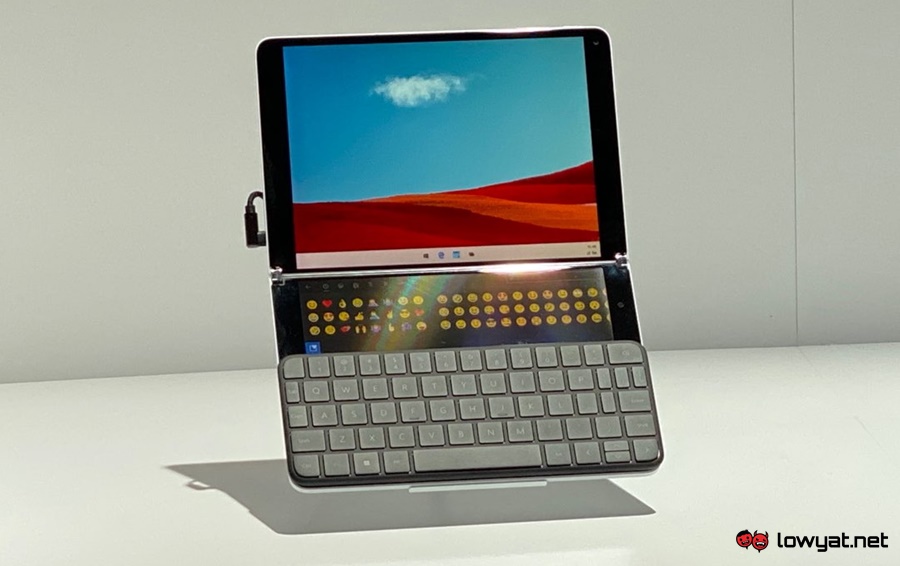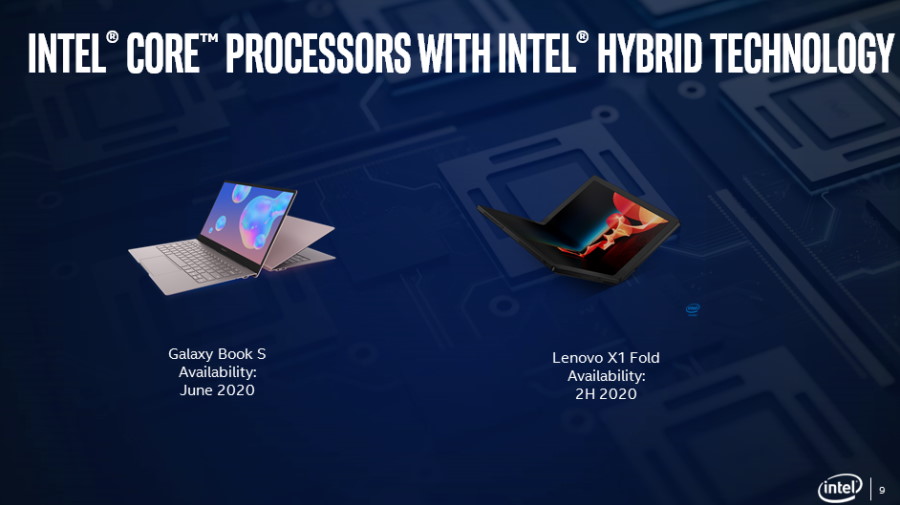This is generally because the new Intel Core i5-L16G7 and Core i3-L13G4 are quite different from the rest of 10th Gen Core family members. They are what the company called as the Intel Core Processors with Intel Hybrid Technology and were also collectively known via their codename: Lakefield.
Both chips are carrying one 10nm Sunny Cove core that is also used for intensive workload while there are also four power-efficient 10nm Tremont cores to tackle less taxing background tasks. As for graphical tasks, they are being handled by the Gen11 Intel UHD Graphics.
Through the usage of Intel Foveros 3D packaging technology, Intel managed to stack two logic dies and two layers of DRAM into Lakefield chips which significantly reduced their physical size and made them suitable for ultra-light laptops. Here are the general specs for the two new chips:
According to Intel, the new Core Processors with Intel Hybrid Technology can deliver up to 12% faster single-threaded performance than 8th Gen Core Y-series processors. Similarly, the new chips can also provide up to 1.7x better graphics performance against the same Y-series family.
While these new Lakefield chips are designed to be fully compatible with Windows 10, we were informed during a media Q&A session that they are not optimized for Windows 10X for the time being. This is even though Intel has stated that Lakefield chips are the first among its processor to be made for foldable and dual-screen PCs since they come with native dual internal display pipes.
Not to forget, Microsoft has previously announced that the Windows 10X-based Surface Neo will be powered by the Lakefield chips. Then again, Microsoft has since decided to delay Surface Neo and shifted its focus to deliver Windows 10X to single-screen devices.
Nevertheless, there are already two confirmed devices that will be equipped with Lakefield chips including the Lenovo ThinkPad X1 Fold and Samsung Galaxy Book S that will be shipped later this year. We do hope that we will get to experience these new Lakefield chips ourselves soon enough but for now, do head on to Intel’s website to learn more about them.
